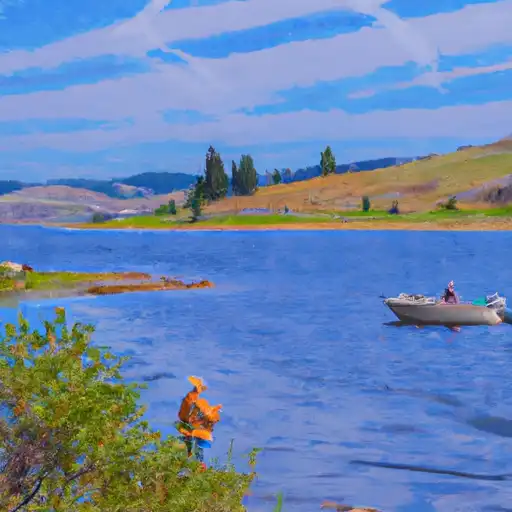Summary
The monument, which is located in the Upper Yellowstone-Pompeys Pillar watershed, is a 150-foot sandstone formation that rises from the surrounding landscape. The monument is named after Captain William Clark's scout, Sacagawea's son, Jean Baptiste Charbonneau, who was nicknamed "Pompey" by Clark. In 1806, Clark carved his signature into the sandstone, which is still visible today. The monument has been designated a national historic landmark and has been protected by the U.S. government since 1965.
Visitors can explore the monument's interpretive center and take a guided tour to learn about the area's history, geology, and ecology. They can also hike on the trails that lead to the top of the monument, offering stunning views of the surrounding landscape. In addition to the historical significance of Pompeys Pillar National Monument, visitors can also see a variety of wildlife, such as bald eagles, pronghorn antelopes, and mule deer. The monument is a great place for outdoor recreation, including fishing, camping, and birdwatching. Overall, Pompeys Pillar National Monument is a must-visit destination for anyone interested in history, geology, and nature.

 Anita Reservoir
Anita Reservoir
 Voyagers Rest
Voyagers Rest
 Gritty Stone
Gritty Stone